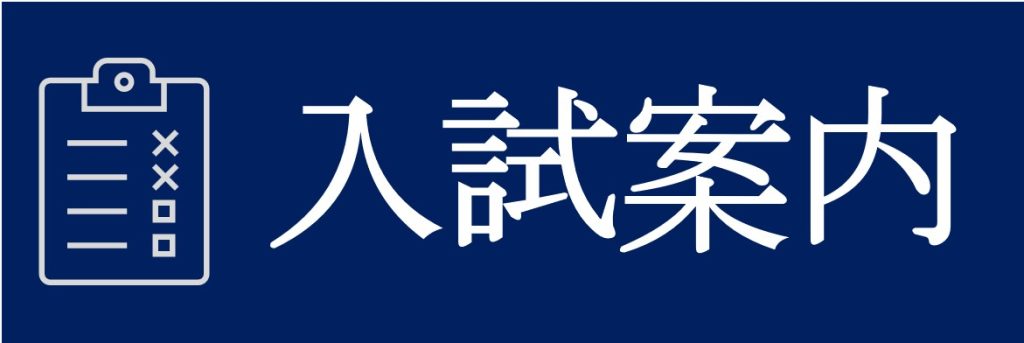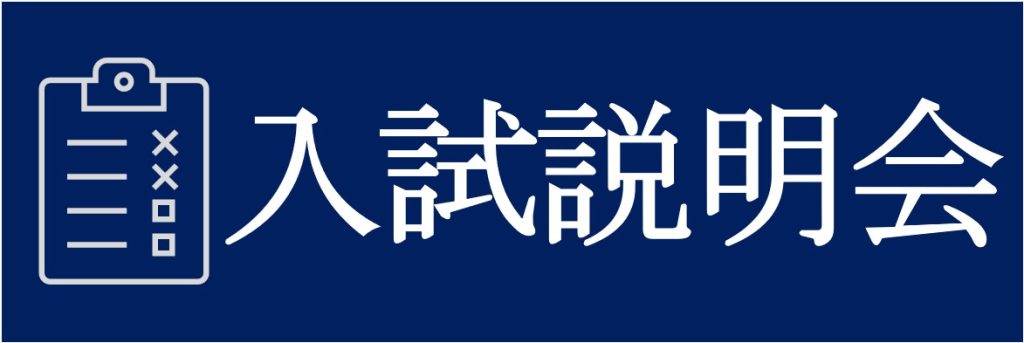Faculty

Socioeconomic System
TANAKA Kenji
- Position
- Prof.
- Affiliation
- Resilience Engineering Research Center, Faculty of Engineering, The University of Tokyo
Department of Technology Management for Innovation,The University of Tokyo
Department of Systems Innovation,Faculty of Engineering,The University of Tokyo
- Keyword
- social system, demand forecasting, service design, Li-battery life
- tanaka(at)tmi.t.u-tokyo.ac.jp※Please replace (at) with @ and send mail.
Social System Design with Computational Analysis
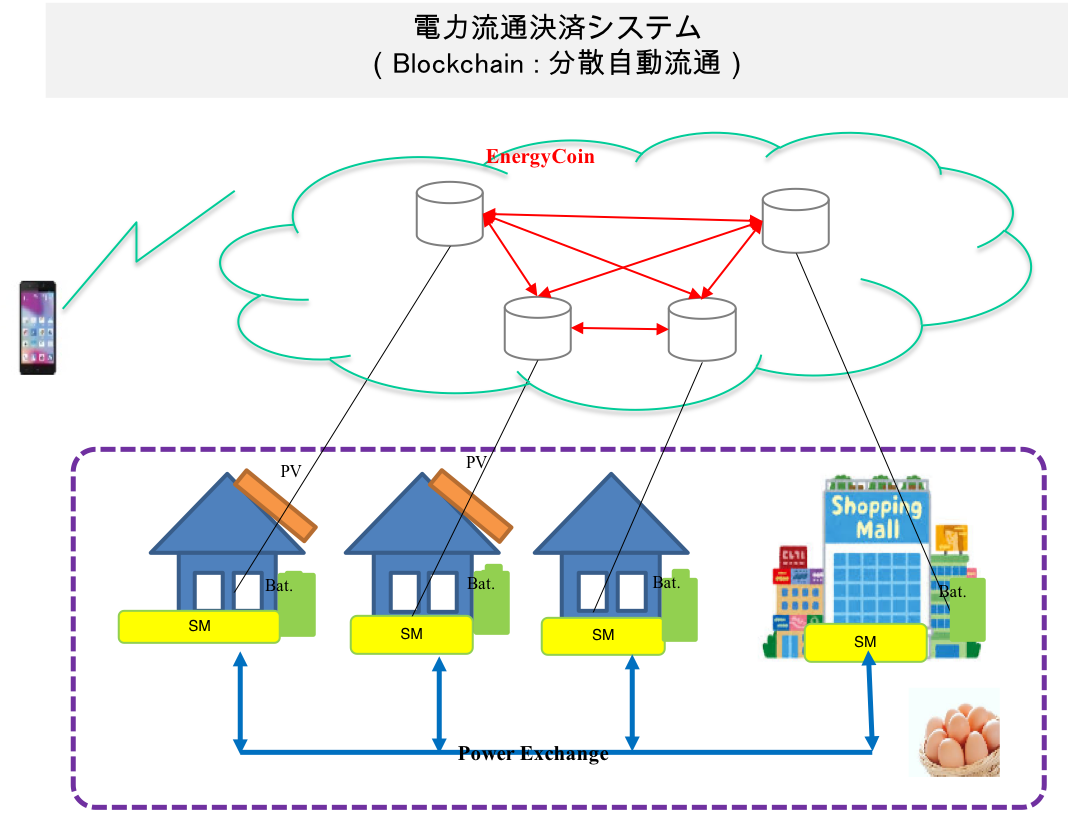
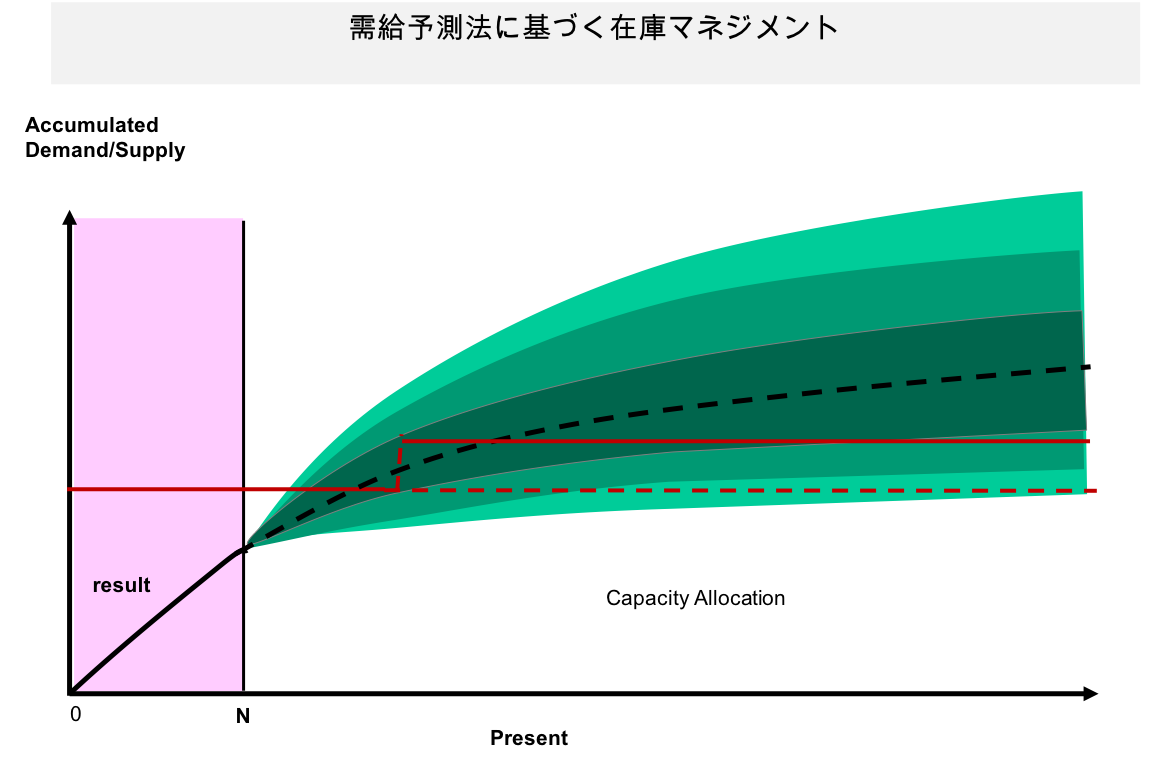
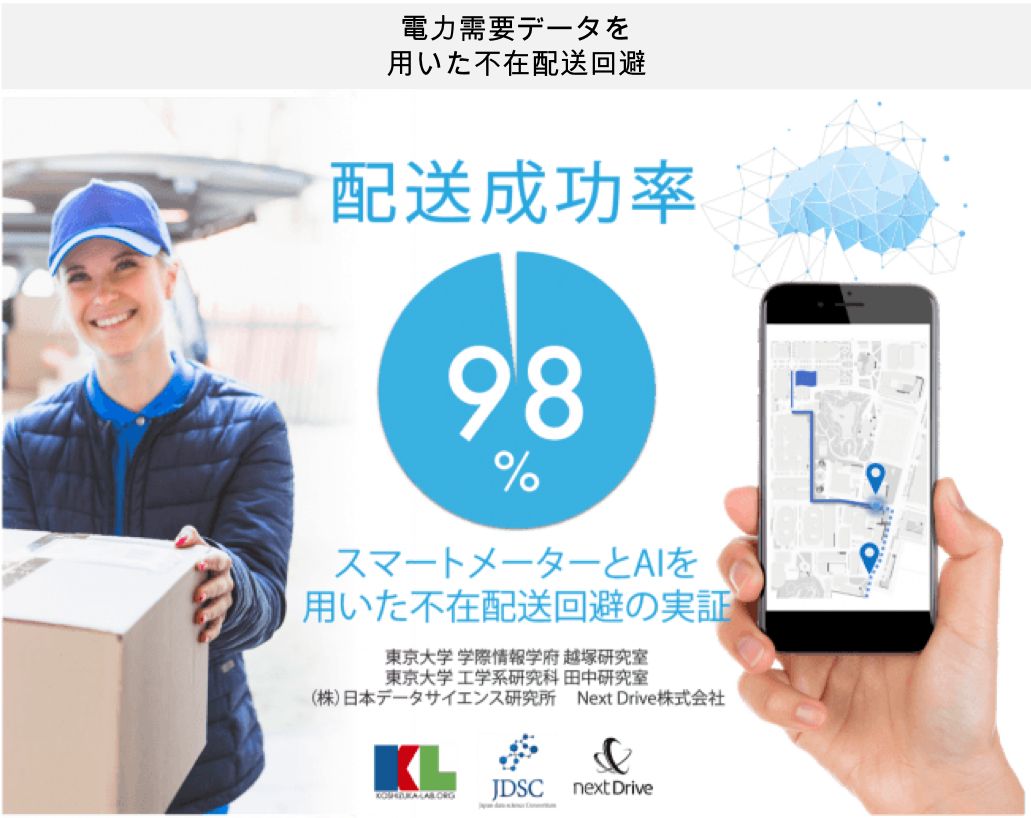
Smartgrid design with battery and digitalgrid technology
Up to date, the power network has been designed/realized based on a centralized power generation and control system, and has achieved a stable power supply by this. However, in the 21st century, issues of the centralized power system in terms of spread of natural energy and disaster prevention has become prominent. In the field of communications, there was a change from a centralized system architecture to a distributed one due to the spread of internet, and this resulted in major social changes. The same could be assumed in the field of electric power from the issues arising within the centralized power system and thus, the importance of the ability to support distributed systems is rising. Therefore, our laboratory is doing research on the realization of an autonomous distributed power system and its impact to the society. While doing so, we incorporate elemental technologies that can be distributed.
Business service model design with data-analysis
Rechargeable secondary batteries have been expensive and its lifetime performance has been unstable. However, secondary batteries, such as lithium-ion batteries, have begun to spread widely, beginning with electric vehicles. Just as the introduction of electricity storage has doubled the cruising range of automobiles, it is possible to increase energy efficiency by introducing storage batteries to cities. Based on this concept, we are conducting research on social systems that use secondary batteries to make urban energy use more efficient.
Management uncertainty-peak with forecasting model
In the 21st century, it has become possible to accumulate large-scale management data that has been difficult previously. Along with this, the number of companies changing its business model from a facility sales centric model to a service provision centric model using the installed facilities is increasing. In our laboratory, we are working with these companies on service model construction using large-scale data.



